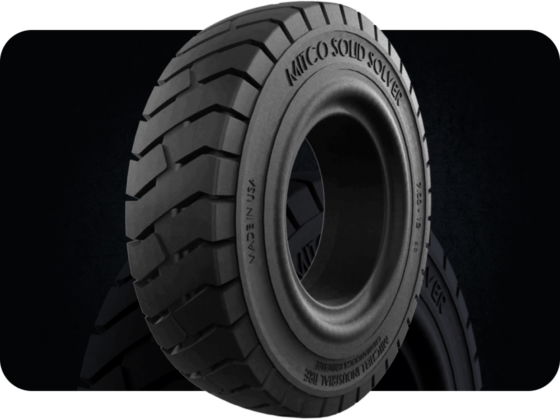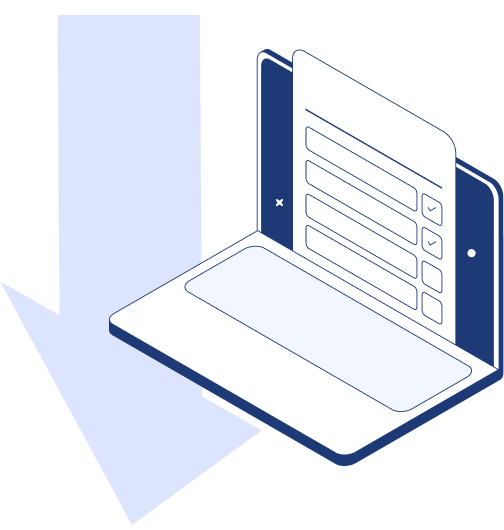Case Study
MITCO
Call up video highlights in world soccer matches by sending text messages to a video jukebox system.
Digital Transformation
MITCO Tires, faced a critical challenge that many established manufacturers know well. Their order management and fulfillment systems – built decades ago – were becoming impossible to maintain and nearly impossible to find developers who could work with the aging technology.
The old system worked, but it was fragile. Blue terminal screens from the 1990s handled everything from customer orders to inventory management across multiple warehouse locations.
Beyond the technical debt, MITCO had a deeper concern: their institutional knowledge was tied to individual employees. If their VP of Technology or other long-term team members left, decades of operational expertise would vanish with them.
Our Approach
Parallel Systems for Smooth Transitions
Rather than the typical “rip and replace” approach that often disrupts operations, we worked with MITCO on a multi-year digital transformation (2020-2024) that prioritized continuity and user adoption.
Building in Parallel, Not in Opposition
We started by really understanding their existing systems, then developed a modern React-based application that could run alongside their legacy infrastructure. This parallel approach meant:
- No forced transitions – Users could work with familiar tools while gradually adopting new ones
- Real-world validation – We could test and refine the new system with actual daily operations
- Risk mitigation – If something went wrong with the new system, operations could continue uninterrupted


Microservices Architecture for Future Flexibility
The new system was built using a microservices architecture that connects to their legacy databases through a modern API layer. One of the biggest challenges was working with multiple non-normalized databases that stored related information across different fields – exactly the kind of messy legacy data situation that makes modernization so complex.
This approach gave MITCO:
- Easier maintenance – Individual components can be updated without affecting the entire system
- Better hiring prospects – Modern React and API technologies are much easier to find developers for
- Scalable growth – New features and integrations can be added without rebuilding everything


User-Centered Change Management
We learned early that the best technology means nothing if people won’t use it. So we made feedback from the floor – the people actually using these tools daily – central to our development process.
Replicating Familiar Workflows
Instead of forcing users to learn entirely new processes, we replicated the workflows they already knew in the new system. The modern interface looked completely different from those blue terminal screens, but the underlying logic and shortcut keys remained familiar.
This approach led to much smoother adoption. Users could see the benefits of the new system (faster searches, better visibility, modern interface, mobile use) without having to relearn their jobs.
Iterative Feedback and Refinement
We treated each development phase as a mini-MVP, getting working demos in front of actual users regularly. This iterative approach helped us catch usability issues early and ensure the final system truly met their operational needs.


Demonstrating Continuity Under Pressure
Midway through the project, our partnership faced an unexpected test. One of our senior developers who had been with us for five years decided to leave the company. Rather than disrupting MITCO’s project, we were able to:
- Bring in another senior technical lead immediately
- Complete a smooth transition with both developers working together
- Maintain all documentation and sign-off processes without missing deadlines
- Absorb the transition costs ourselves
This experience validated exactly what MITCO was looking for: a partner who could provide continuity of service regardless of individual team changes.
Results & Business Impact
Parallel Systems for Smooth Transitions
The transformation delivered what MITCO needed.
Technical Modernization:
- Replaced aging terminal-based systems with modern React applications
- Implemented microservices architecture for easier maintenance and scaling
- Created secure API integrations with UPS and FedEx for real-time shipping calculations
- Established CI/CD processes for reliable deployments and testing (working collaboratively with their IT infrastructure partners)
Operational Improvements:
- Moved from a system that was becoming impossible to maintain to a modern framework
- Created a technology stack that’s much easier to hire for and maintain in-house
- Enabled real-time freight calculations and shipping options
- Provided modern, intuitive interfaces that users actually want to use
Business Continuity:
- Demonstrated our ability to provide consistent service regardless of team changes
- Created comprehensive documentation that reduces dependence on individual knowledge
- Built a foundation for future digital initiatives and integrations
Client Perspective
“Fountain City does excellent work. Their detail-oriented team’s ability to deliver the desired result whilst adhering to the established deadlines and budget impressed us. They remain professional, responsive, and solution-oriented.”


— Eric Vaugen, MITCO
Looking Forward
This digital transformation project created a solid foundation for MITCO’s continued growth and modernization. What started as a single modernization initiative has grown into an ongoing partnership, with multiple projects now underway to further enhance their digital capabilities.
The new system architecture makes future enhancements and integrations significantly more manageable, positioning MITCO for continued innovation and growth.
Given MITCO’s original goals around knowledge continuity and retention, the logical next step would be implementing systematic approaches to capture and document the institutional knowledge held by their experienced team members – ensuring that decades of operational expertise becomes part of their organizational assets rather than individual dependencies.
Results
- Legacy system modernization from terminal-based to React applications
- Seamless parallel deployment with zero operational disruption
- Multi-year partnership spanning multiple digital transformation projects
- Microservices architecture enabling easier maintenance and hiring
Get The Results You Need
Take the next step and reach out to us. We would love to learn more about your goals so we can see if we are the right fit to meet the demands of your organization. If we are not the best choice for you, we will let you know and refer you to someone who is.
